One of the unique features of a cruise in Italy is that you get first-hand experience of the history, culture and character of the waterways of Italy
The Waterways of Italy: History, Culture & Geology
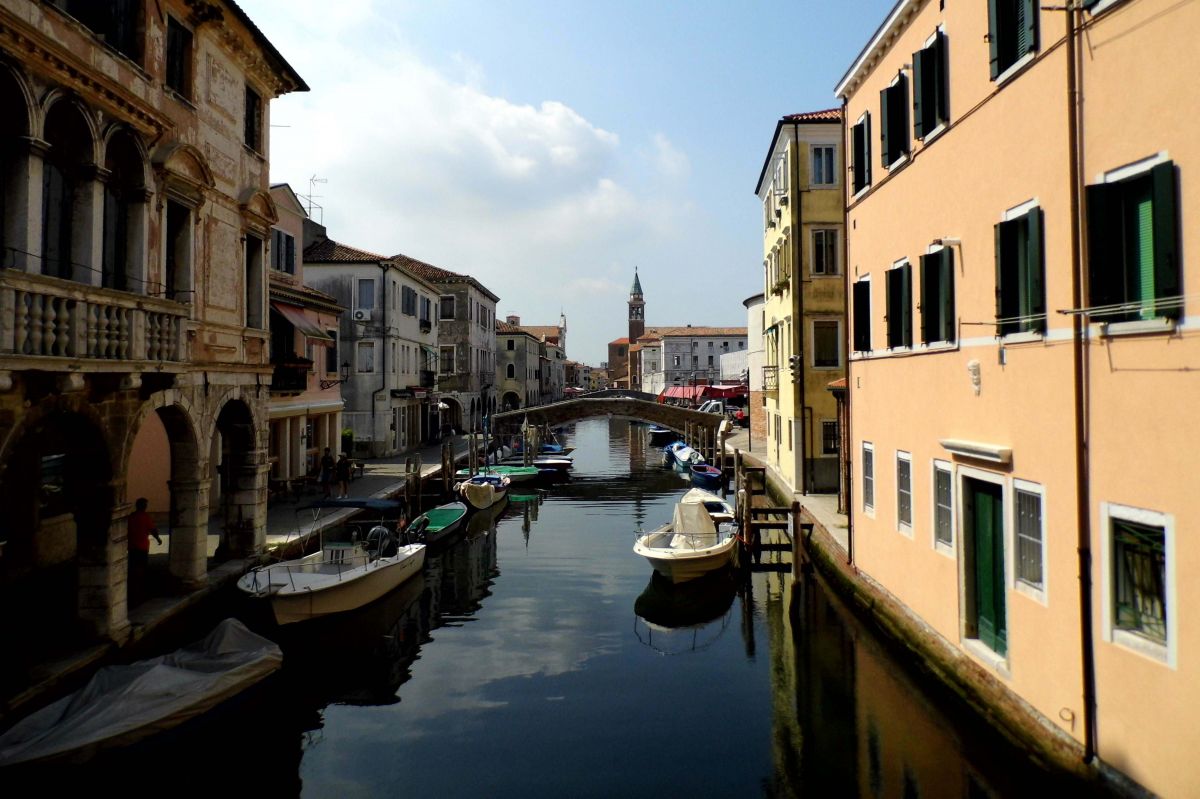
For any discerning traveller looking for their next luxury holiday with a difference, a cruise on the waterways of Italy could be just perfect. Northern Italy is a haven for culture buffs and what better way to see the magic of Venice, the wonders of the Po Delta and the marvels of Mantua (as well as all that lies in between) than from the comfort of your luxury floating hotel barge?
As you cruise through the Venetian Lagoon, along the River Po and down the Canal Bianco, breathtaking landscapes greet you around every turn. Wake in the mornings to the sound of the local birdlife, spend long days soaking up the ‘bella vita’ and indulge in evenings that bear witness to the incredible gastronomic delights that this Mediterranean gem is famed for.
Every waterway on this cruise has its own unique features and here we introduce each one and pay homage to its defining characteristics.
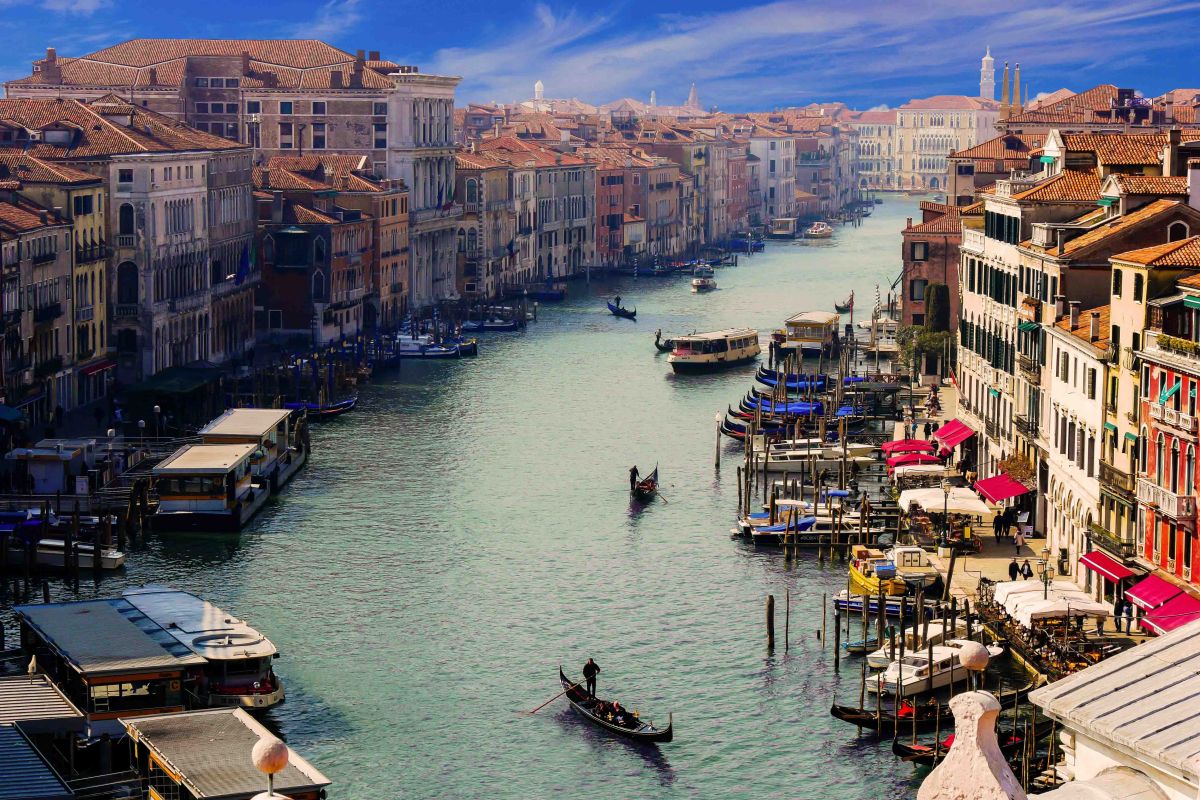
Venice Lagoon
The feature of many a picture postcard, this stunning blue-green, almost iridescent lagoon is mesmerising whatever time of day or year you are fortunate to see it. It is hard to imagine that it stretches more than 50km from end-to-end and covers 550 square kilometres in total. Our wonderful cruise offers ample opportunity to take photos and indulge in the stunning surroundings that are made up of wetlands, marshes and an intricate maze of channels. The tiny group of islands, known as Venezia (or Venice in English) are grouped around the Rialto Bridge and make up the streets of this iconic city; one of the highlights of this cruise on the waterways in Italy.
In existence since the last Ice Age, the lagoon was formed when glaciers in the Alps melted with the rising temperatures causing rivers to cascade from the mountains and carve their way through Northern Italy and flow out into the Adriatic. Where the rivers met the sea, they slowed and dumped much of the sediment they had picked up along their journey to create the islands on which magnificent Venice stands today.
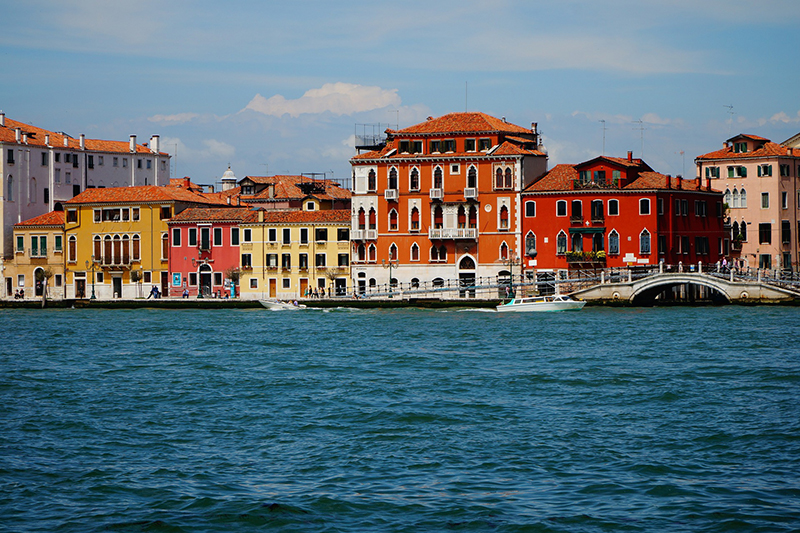
Giudecca Canal
This is Venice’s most prominent waterway, meandering through the city for four kilometres. It is wide and deep, making it navigable for even the larger vessels. The canal itself separates the district of Dorsoduro from Giudecca.
Our river cruise on the waterways of Italy includes a relaxing trip along this canal, which is a wonderful way to see some of the city’s sites, including:
- On the Giudecca Quay: Molino Stucky (19th century factory complex), Le Zitelle Church and the II Redentore Church by Palladio.
- On the Dorsoduro district side: It Gesuati Church, the Santa Maria della Salute Church and the Dogana da Mar (the former customs house that is now an art gallery).
We finish in St Mark’s Square after a guided tour of the Doge’s Palace, where you can enjoy an ‘al fresco’ prosecco before dinner back on board.

Canal of the Orphans
The name is somewhat intriguing, although, as you might expect, the reason it came to be called the Canal of Orphans is not a very pleasant one. Several theories exist but the most accepted one is that centuries ago when the Genoese arrived with their ships in an attempt to take the city, the Venetians laid waste to the majority of the soldiers, consequently leaving many children orphaned. Another theory suggests that this waterway was once used for executions by drowning.
Thankfully today the place is a much happier one to be and resembles nothing of its former guise. We take you along this canal early in the evening just as the activity in the city is slowing down and the atmosphere takes on a serenity that is nothing short of magical. We pass ancient monasteries, charming local fishing boats and beautiful tiny churches. For any budding photographers the waterways in Italy are a dream come true!

Po Delta
A fascinating melange of waterways, the Po Delta has an interesting geological past. Formed between 2 million years ago and 75,000 years ago (the last glacial period), the Po Delta has undergone many changes.
Through the centuries the River Po went through many stages of evolution, enduring floods, creating itself new courses and battling marsh growth. Floods and human intervention ensued and today the Po Delta is all below sea level. Dunes and sandbanks are still protruding and the area is now a nature reserve rife with wildlife. Elegant herons stand proud while the fabulous flamingos and other birds forage for the rich pickings to be found here.

Bianco Canal
Crossing the Rovigo province, this water channel makes up the midsection of the Tartaro-Canalbianco-Po di Levante, and winds its way across 135km to link Mantova to the sea. A large part of it is man made and this section is known as the ‘Canal Bianco’. The first section is natural and is called the ‘Tartaro’ and the final short section is called the ‘Po di Levante’.
The canal is navigable by small-to-medium-sized boats and is a popular one for leisure boats, yachts and luxury cruises, which is great news as it means we include it in our trip along the waterways of Italy. Along the Bianco Canal, we visit Adria, the ancient Etruscan town and then set off for the much anticipated wine tasting on the Bagnoli Estate, a centuries old winery that has produced vintages for the Venetian elite for years.
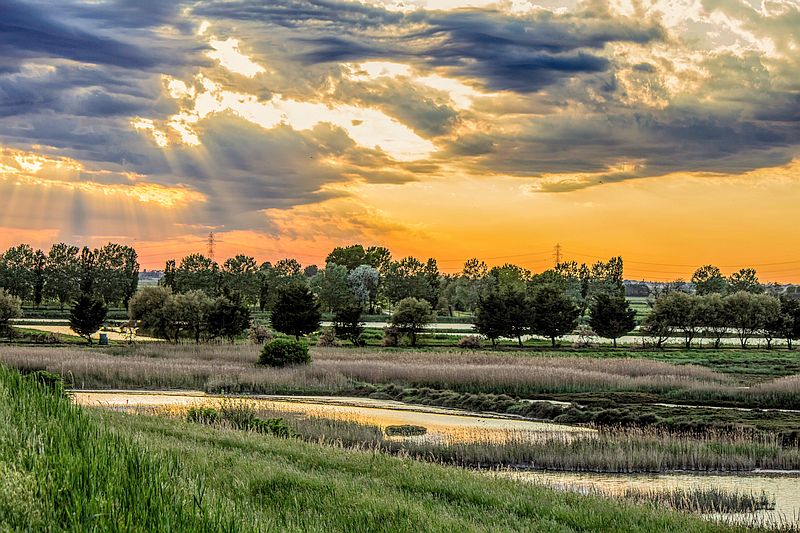
River Po Approaching Mantua
The most spectacular way to approach Mantua is by water. This city boasts a fitting end to a river cruise in Italy. Enveloped by water, the city is often overlooked, but beyond its rather timid appearance, it hides a plethora of Renaissance wonders. It is Florence in miniature and, once overseen by the Gonzagas family who ruled for more than 300 years, the city was founded on wealth; the Renaissance legacy proves it.
Its magnificent location is considered part of its romantic appeal but the way the Mincio River protects the town is not a work of chance. Alberto Pitentino is the engineer responsible for arranging the river’s course to suit the city’s landscape and, to this day, the island of Mantua stands true to the design of this talented designer.
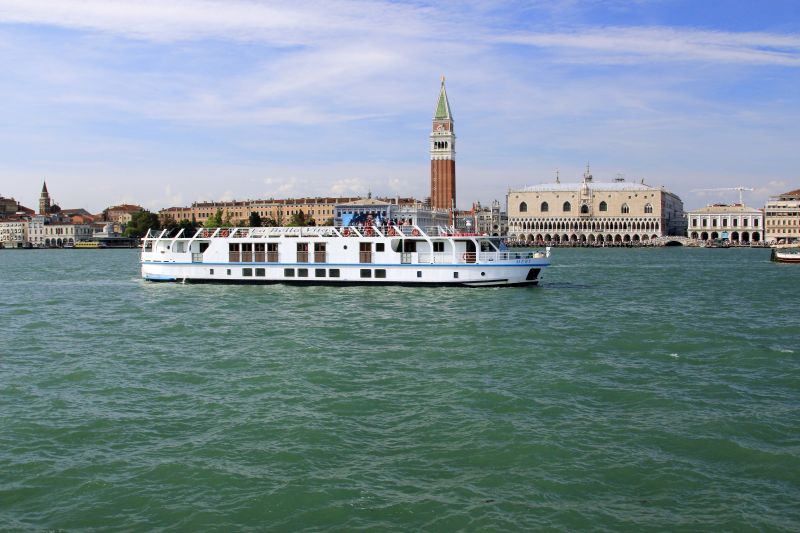
Discover the Waterways of Italy
A river cruise in Italy offers such a wonderful way to get to know this diverse and fascinating waterways of Italy. You will touch every inch of your journey from Venice to Mantua and get a real feel for the deep rooted history of the area, the wonders of the geology and the intricacies of the culture. Book now and let our expert team guide help you plan your next trip of a lifetime on the waterways in Italy
 English
English
 Spanish
Spanish French
French German
German Norwegian
Norwegian Portuguese
Portuguese Swedish
Swedish Italian
Italian Russian
Russian Simplified Chinese
Simplified Chinese Japanese
Japanese

